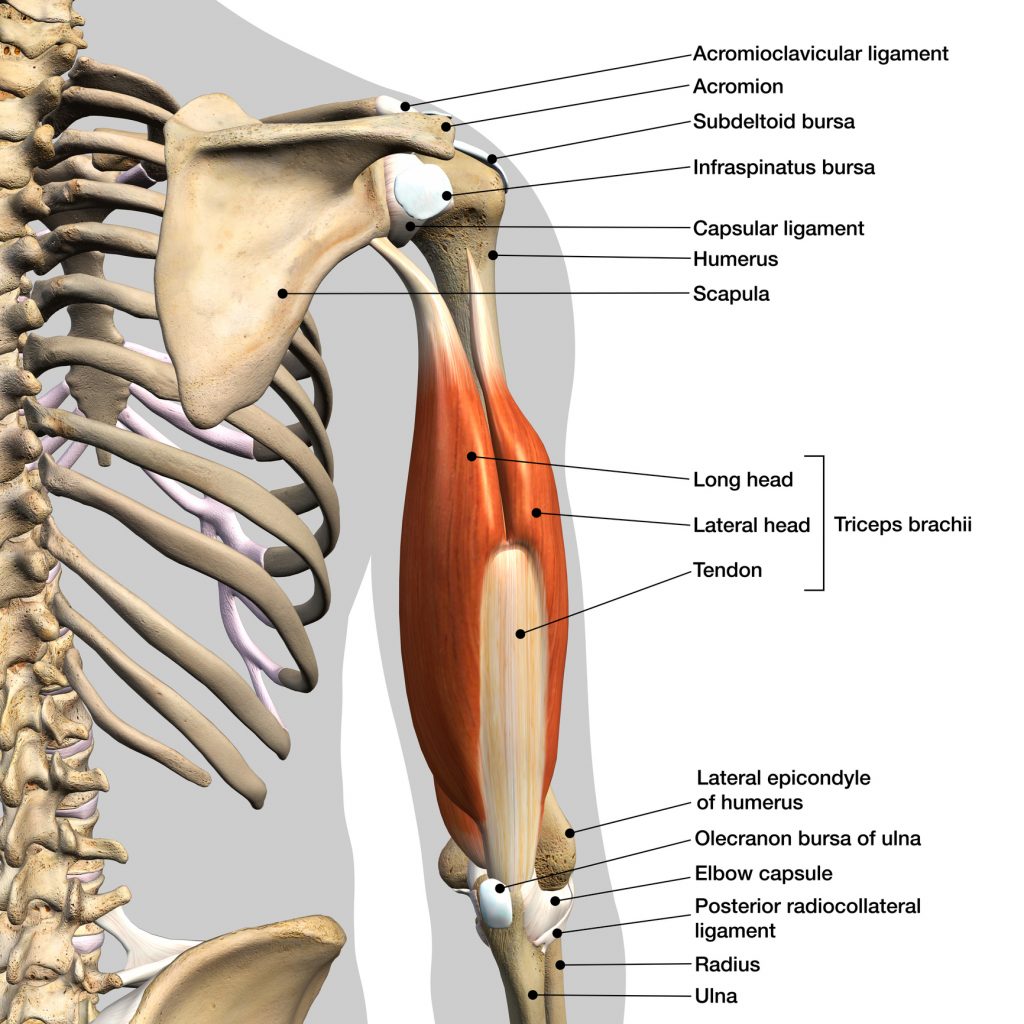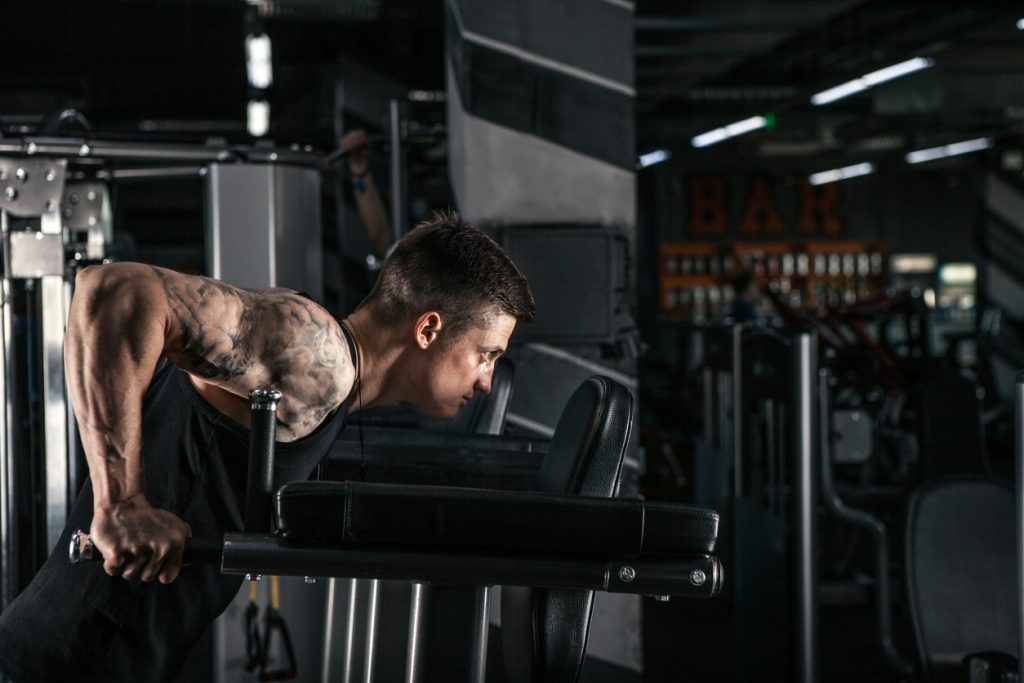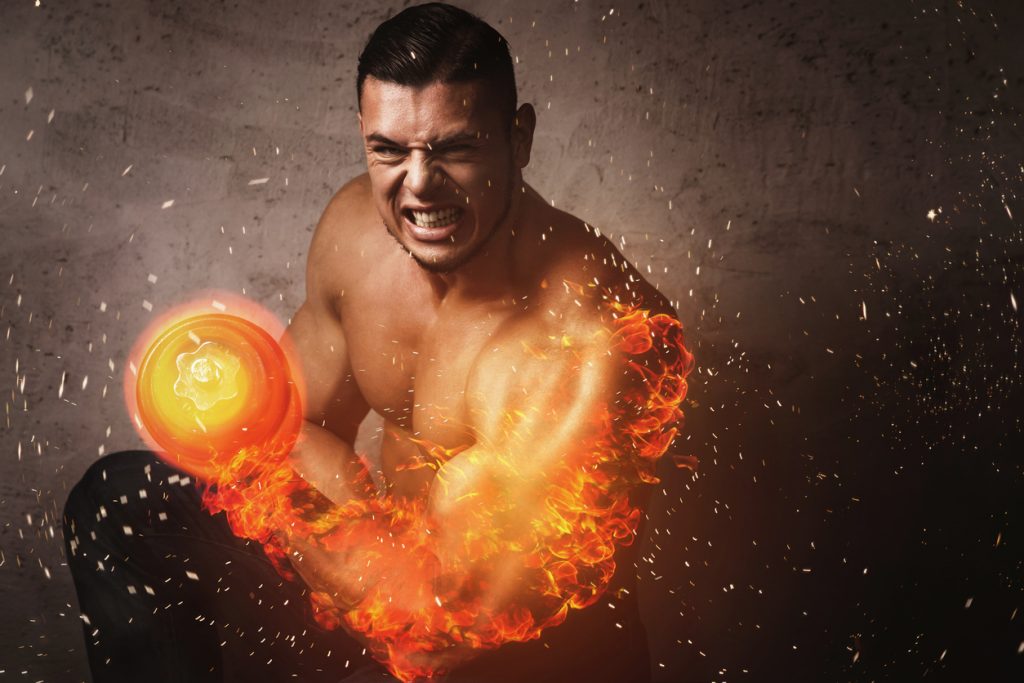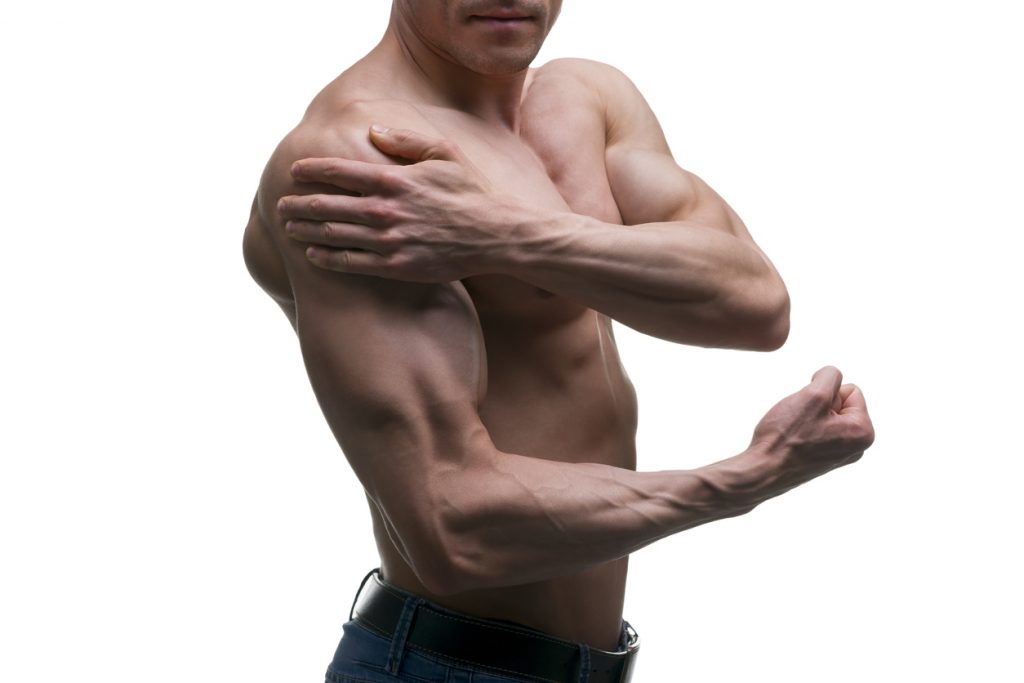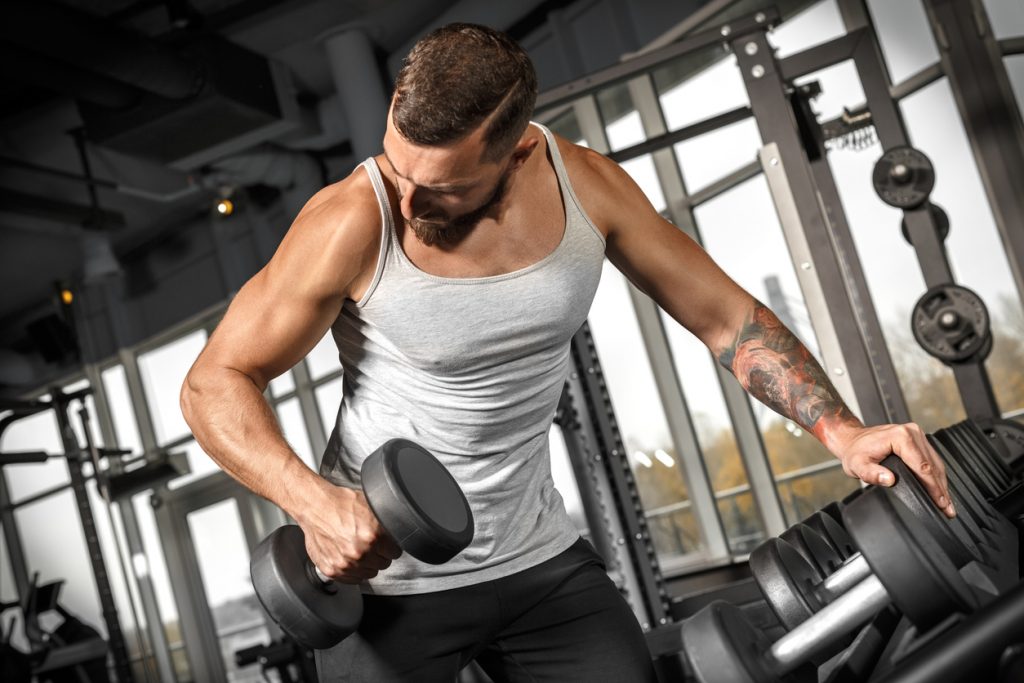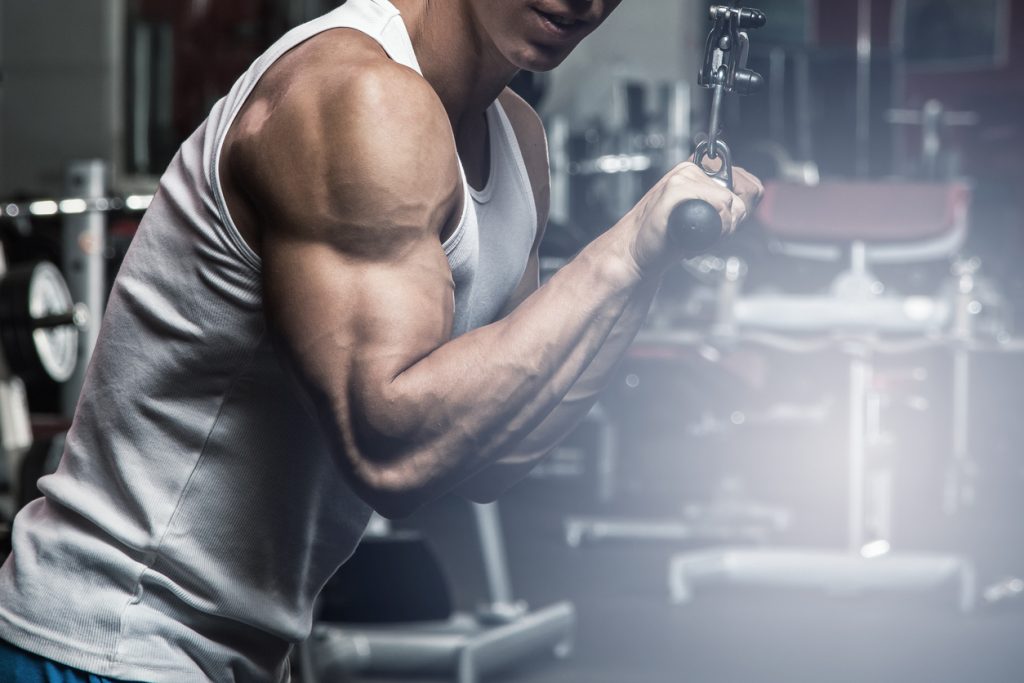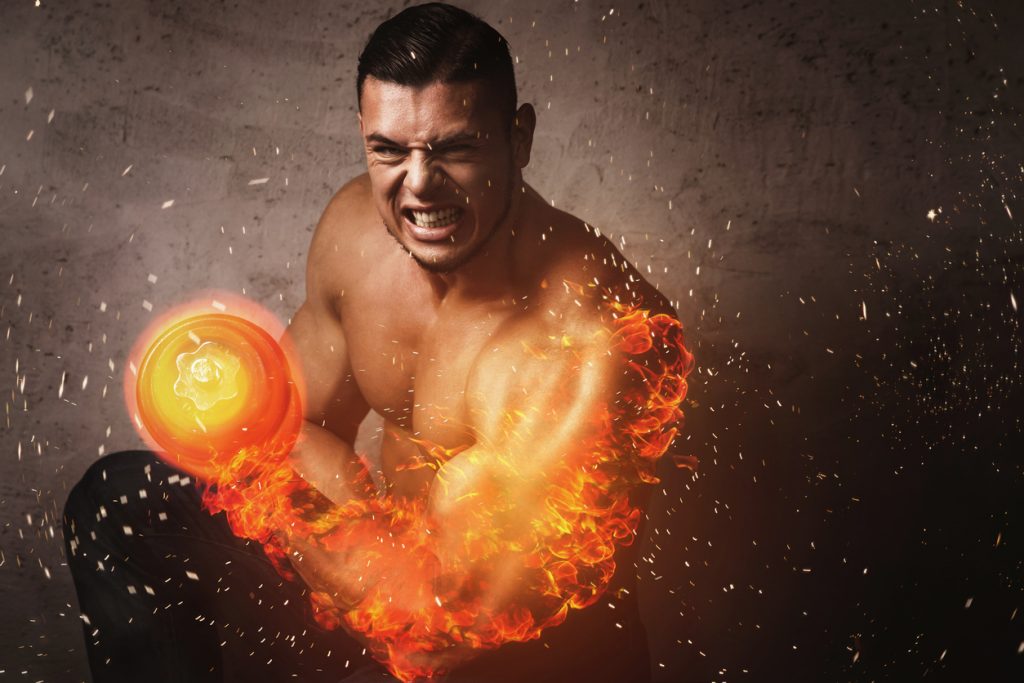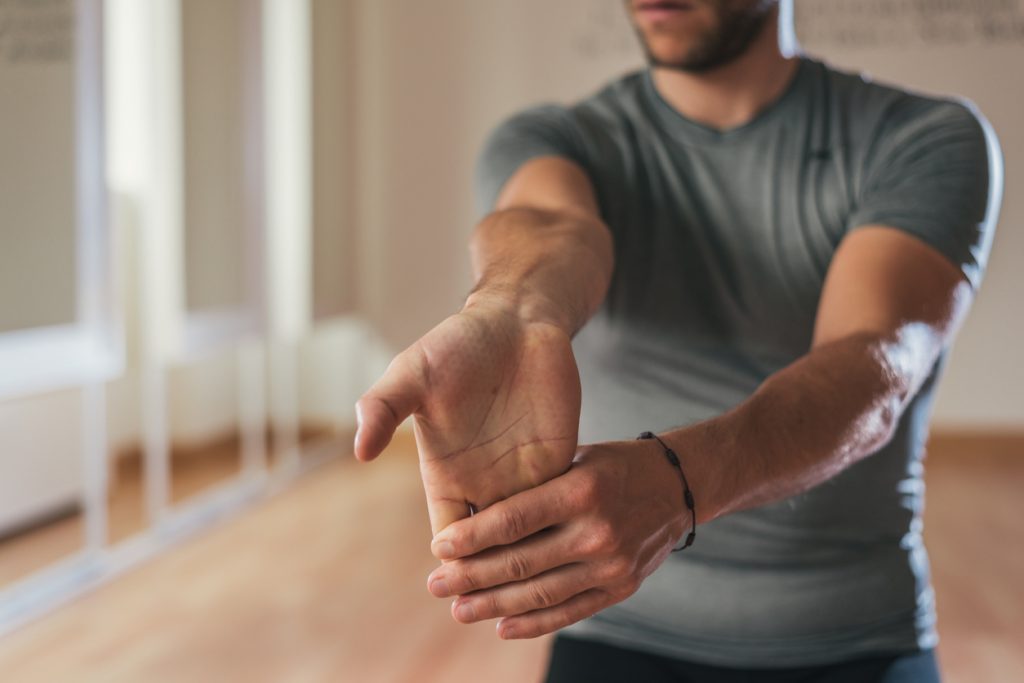Amateur or professional, practitioners of this sporting activity tend to focus more on arm muscle exercises. But it is strongly advised to inform oneself before venturing into any exercise because strength training itself is based on biomechanical principles, on anatomy, on physiology and also on neuromuscular, cardiovascular and hormonal factors.
It is therefore necessary to know on which muscle the work will consist and what is the role of each muscle requested.
The arm is made up of muscle groups (biceps, triceps and forearms) which in turn are made up of several muscle portions.
The biceps
"The biceps"is the most evocative name given to the arm. Formed by a group of muscles, the biceps consist of four main muscles: the short portion of the biceps, the long portion of the biceps, the anterior brachialis and the coracobrachialis.
It is imperative to work all these muscles in order to have a well-developed muscle mass. Otherwise the loss of a few centimetres or millimetres of arm will be caused by the delay of one of these muscle parts.
-
The short and long portion of the biceps
These two muscles are the real reason for the name "bi" (two) of the biceps. The short and long portions of the biceps therefore represent two muscle bundles which differ in their point of attachment to the bone.
The true biceps, i. e. the two portions, end with a very strong tendon on the same lower insertion point, which is the radius or the forearm bone. As for their upper insertion points, each bundle has its own attachment point. The short portion inserts on the humerus while the long portion inserts on the scapula.
The long portion of the biceps has the advantage of being the most exposed due to its positioning on the outer side of the arm. Unfortunately, this advantage does not allow for maximum benefit from the exercises because unlike the short portion which is located on the inner side of the biceps, the long portion happens to cause the most delay.
This delay is justified by the fact that the majority of biceps exercises prioritise the short portion by having the elbow positioned forward.
However, these two bundles perform the same role: they allow for flexion as well as rotation of the forearm on the arm.
-
The anterior brachii
Deep in nature, the anterior brachialis muscle is located below the biceps on the front of the humerus. It is positioned vertically to insert on the face of the former ulna or ulna bone.
The anterior brachialis has the reputation of being a short muscle, nevertheless it plays an important role when it comes to exploding the size of the arm. Effectively hidden under the short and long portion, the development of the anterior brachialis causes the biceps to push upwards. This is equivalent to a gain in muscle mass. High pulley exercises such as the curl are the most suggested exercises to stimulate this muscle.
In terms of function, the anterior brachialis allows flexion and pronation of the forearm under the control of the musculocutaneous nerve.
-
The coraco-brachial
Also known as the long supinator, the coracobrachialis is said to be both a biceps and forearm muscle due to its positioning. Its superior insertion is high below the biceps, i. e. at the level of the humerus on the lateral border, while its inferior insertion is on the styloid process of the radius. However, the major part of the supinator longus is in the forearm as it curls down towards the elbow.
Its development therefore allows a gain in thickness of both the biceps and the forearm. This makes it the most appreciated muscle by practitioners.
It should be noted that this muscle plays an important role in weight lifting because it is added to the biceps during arm flexion exercises. This muscle is therefore a forearm supinator and elbow flexor.
The triceps
Located at the back of the arm, the triceps are also known as the triceps brachii. In contrast to the biceps, they are used to extend the arms. They are therefore elbow extensor muscles.
The triceps are made up of three fascicles: the long portion, the vastus medialis and the vastus lateralis.
-
The long portion
This portion is the largest of the triceps. It is one of those that should be prioritized to increase the arm circumference. Unfortunately, the long portion is not very visible because it is hidden by the torso using the scapula as the upper insertion point and the elbow as the lower insertion point. This makes it the only bi-articular triceps bundle.
-
Vastus medialis and externalis
These two fascicles are both mono-articular. They attach to the portion of the humerus (upper portion: external, middle portion: internal) and to the elbow.
The difference between these two bundles is their arrangement in the arm. Like the long portion, the vastus medialis is located in the inner part of the arm and is therefore hidden by the torso, unlike the vastus lateralis which is the visible part of the triceps because it is located in the outer part of the arm.
This external portion of the triceps is therefore responsible for the rapid visual result of the triceps.
NB: Considered as the antagonist muscle of the biceps, the triceps have the reputation of being larger and stronger than the latter. It is therefore the duty of each practitioner to use them as often as possible because of their great potential.
The forearms
Divided into two groups: extensors and flexors, the forearms are made up of 13 muscles, but we are going to concentrate on only one of its components: the long supinator.
Known for its large and powerful character, the supinator longus is located in the upper part of the forearm. It is held responsible for arm flexion and the neutral position of the hand. It plays a role in the development of the forearm but also complements the biceps by filling in the area above the elbow.
Based on these anatomical views of the arm muscles, we can deduce that there are several muscles and portions of the arm, each of which requires well-defined exercises for good results.
Some exercises to strengthen the arms
- Build up your forearms
- The best exercises to build up your arms
- The kick back for triceps
- Front arm bending on arms
- Isolation exercises for biceps and triceps
- Dips

